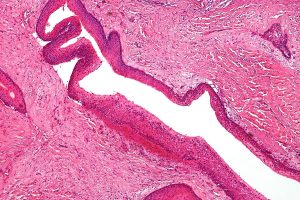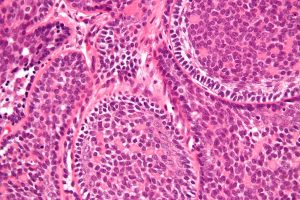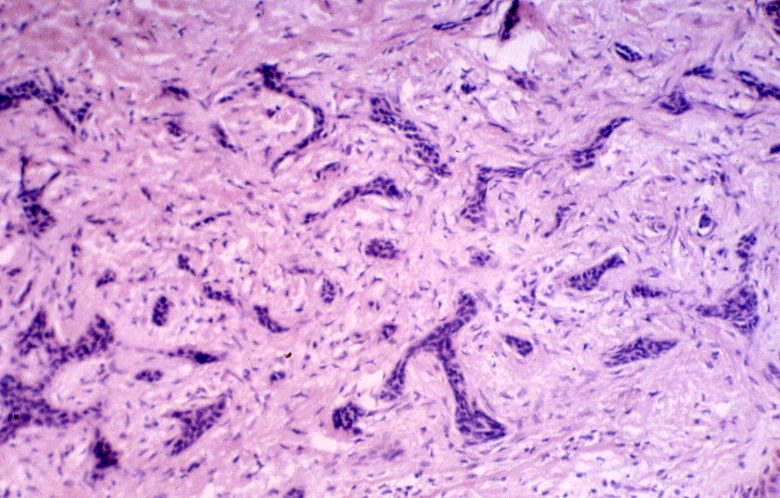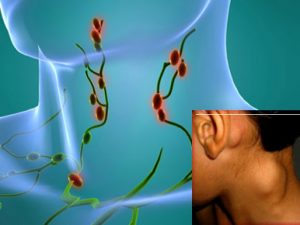Basal cell carcinoma is a malignant neoplasm of skin cells. This type of cancer is quite aggressive, it can grow into surrounding tissues and destroy them. However, basal cell carcinoma differs from other malignant tumors by the rare formation of metastases.
Basalioma symptoms

The disease begins with the appearance of a small nodule, often on the skin of the face or neck. The knot may be the same color as normal skin color or have a shade ranging from pale pink to reddish. Gradually increasing in size, basalioma does not bring any unpleasant or painful sensations. Then a light gray crust forms in the center of the knot, after removing which a small fossa remains on the skin. It will soon grow overgrown and crust over again. Around the defect that has arisen, a roller of dense consistency is formed, which is clearly visible when the skin is pulled. The subsequent progression of the process leads to the formation of new formations that are able to merge. Growing up, basalioma is able to grow into the tissues surrounding it. Bone and cartilage tissue is affected, as a result of which severe pain syndrome may occur.
The treatment of tumors of various localization and etiology has been one of the most pressing problems of modern medicine all over the world for many years. Every day, every healthy person forms several dozen atypical cells, which the innate immunity can easily deal with. However, when negative environmental factors begin to regularly and aggressively affect the human body, the immune system ceases to cope with its task and a tumor process occurs.
There are many methods of dealing with malignant neoplasms. In some cases, they quite effectively suppress tumor cells, but more often they have a toxic effect on the human body and poison it.
One of the most common methods of fighting cancer is radiation therapy. The course of exposure is about two months. During this time, the entire human body is exposed to X-rays. Atypical cells with this effect first stop dividing and then die. But the systemic effects of radiation therapy do not pass without a trace. First of all, rapidly renewing cells suffer, including the epithelium of the skin, mucous membranes, and blood cells. Nausea and vomiting often occur, there may be diarrhea, general health worsens, and the ability to work sharply decreases. Thus, despite the effectiveness of this method of treatment, there is a serious problem of severe complications. Cancer is a systemic process that affects the entire body. A malignant tumor of an organ or tissue is a symptomatic manifestation of this disease. Guided by this rule, it becomes obvious that oncology requires an integrated approach to treatment. But how can you protect healthy organs and tissues from the effects of aggressive toxic treatments? This task is successfully performed by complex biotherapy, which combines an antitumor effect with immobilization of the immune, hormonal and neurohumoral systems of the body.
Photodynamic therapy https://en.wikipedia.org/wiki/Photodynamic_therapy is a relatively new method based on the use of drugs – photosensitizers (substances that are sensitive to light) and low-intensity (therapeutic) laser radiation with a certain wavelength corresponding to the absorption peak of the photosensitizer.
The necessary components for photodynamic therapy are a photosensitizer, which selectively accumulates only in the affected tissues, and light sources with certain physical parameters. Treatment with photodynamic therapy does not produce severe systemic or local complications. At this time, the development of new drugs continues, the action of which is aimed at eliminating only modified cancer cells.



